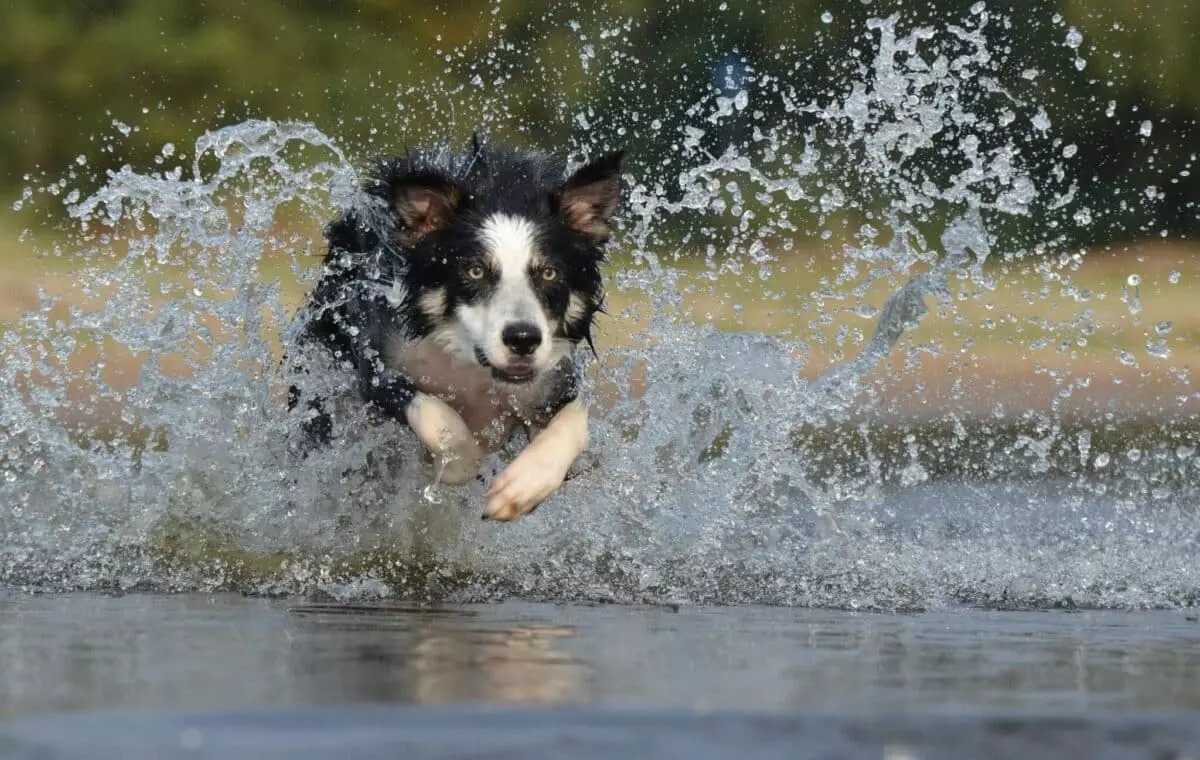When it comes to selecting a dog breed, understanding their instincts and behaviors is crucial for creating a harmonious home environment. Among the various traits that dogs exhibit, a strong prey drive can often be one of the most challenging aspects for owners to navigate. Certain dog breeds possess an innate desire to chase and pursue, which stems from their origins as hunters, herders, or working animals. In this article, we delve into the factors associated with high prey drive in specific breeds, their unique characteristics, and practical strategies for managing these instincts effectively.
Prey drive refers to a dog’s instinctual tendency to chase after and capture smaller animals or moving objects. This characteristic is particularly prominent in certain breeds, thanks to their genetic heritage and historical roles in hunting or herding. While these instincts can make dogs exhilarating companions for active families, they can also pose challenges, especially for novice pet owners unprepared for the behaviors that accompany high prey drive.
Understanding this natural predatory behavior can help create an optimal environment for both the dog and the owner. It is vital for owners to anticipate how their dog’s instincts may manifest during everyday activities, and be equipped to manage them in a way that promotes safety and well-being.
Huskies and Grace Under Pressure
Siberian Huskies are a classic example of a breed with substantial prey drive. Originally bred to pull sleds across the harsh, snowy terrain of Siberia, these dogs have a remarkable amount of energy and endurance, paired with a fierce instinct to chase anything that moves. For owners, managing this behavior requires diligence. Keeping Huskies on leashes during walks, providing structured exercise, and engaging them in mentally stimulating activities are essential strategies. Failure to do so may lead to destructive behaviors borne out of boredom or frustration.
Another breed exhibiting high prey drive is the Greyhound, known for their incredible speed. Bred for racing, Greyhounds possess a powerful instinct to pursue fast-moving objects or animals. Interestingly, despite their athletic background, they can be surprisingly lazy at home. However, off-leash activities can become problematic, as these dogs may suddenly bolt after anything that catches their eye. Securing them in enclosed areas or exercising them in controlled environments is vital, ensuring their instincts do not lead to dangerous situations.
Jack Russell Terriers are a small breed that packs a considerable punch in terms of energy and prey drive. Originally bred to hunt foxes, these little dynamoes not only love to chase moving objects but also require significant physical and mental stimulation. Their high energy levels make them a poor fit for homes with small pets, as their instinct to pursue may cause harm. Owners must factor in frequent exercise and engaging activities to snuff out potential destructive tendencies.
The intelligence and herding instincts of Border Collies overlap significantly with their prey drive. Originally cultivated to manage livestock, these dogs thrive in active environments where they can channel their energy constructively. Owners should provide various stimulating outlets, such as agility training or obedience exercises. Left unchallenged, a Border Collie’s instincts may manifest in chasing cars, bicycles, or even children playing in the yard, heightening the need for active management.
The Versatile Nature of Australian Shepherds
Similar to Border Collies, Australian Shepherds possess a strong herding instinct, leading to a high prey drive. These dogs excel in athleticism and intelligence, needing ample exercise and mental challenges. An Australian Shepherd’s natural inclination to herd can translate into chasing wildlife or small pets if not adequately managed. Active families that can accommodate their physical and mental requirements will find them to be loyal and loving companions.
Beyond the Herd: The Belgian Malinois and Their Exceptional Drive
The Belgian Malinois is a breed synonymous with intelligence and high drive, often utilized in police and military work. Their inherent prey drive is integral to their ability to chase down suspects or engage in rigorous physical activities. These dogs demand considerable exercise and mental challenges, and improper management of their instincts can lead to problematic behaviors. With adequate training and stimulation, however, they can flourish as both working dogs and cherished companions.
Life with a dog boasting a high prey drive can be filled with excitement and unpredictability. While managing such instincts may prove daunting for some, understanding the underlying motivations and behavior of these breeds is fundamental to fostering a fulfilling relationship. With effective training, ample exercise, and a focused approach to managing their instincts, owners can enjoy the companionship of these spirited and loving dogs. Whether you’re drawn to the energetic Siberian Husky, the agile Greyhound, or the tenacious Jack Russell Terrier, the right knowledge makes all the difference in cultivating a harmonious home.


Leave a Reply